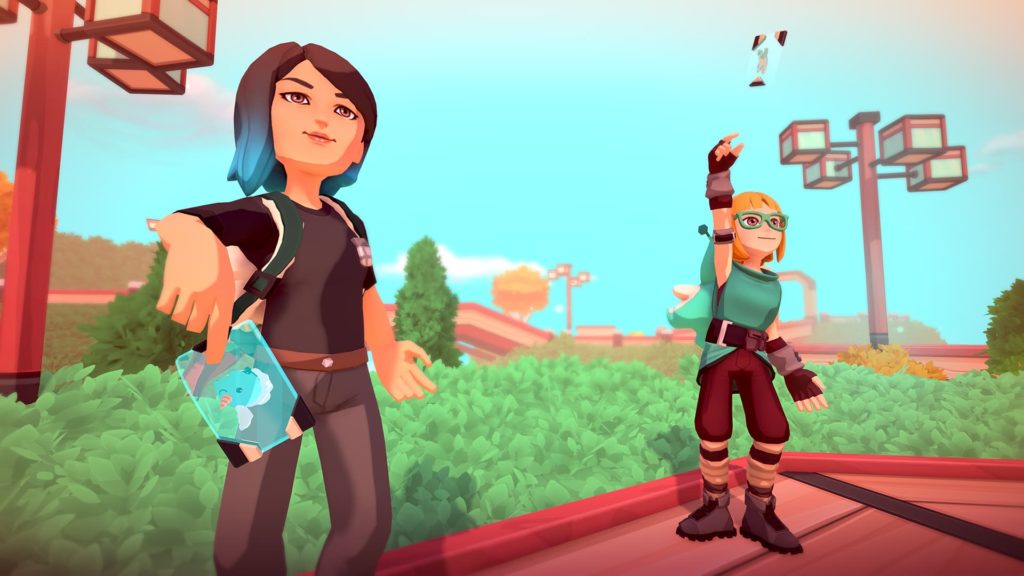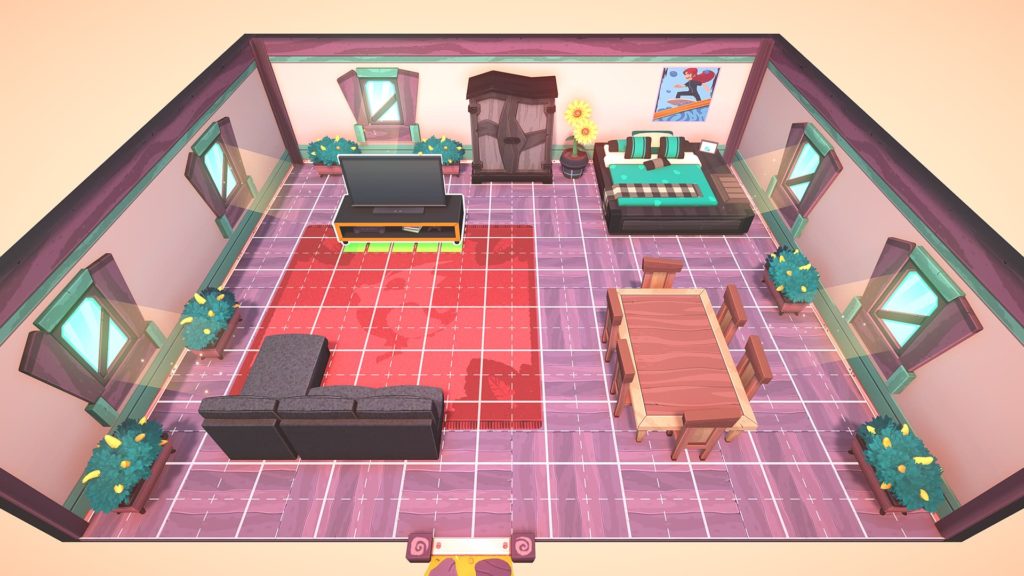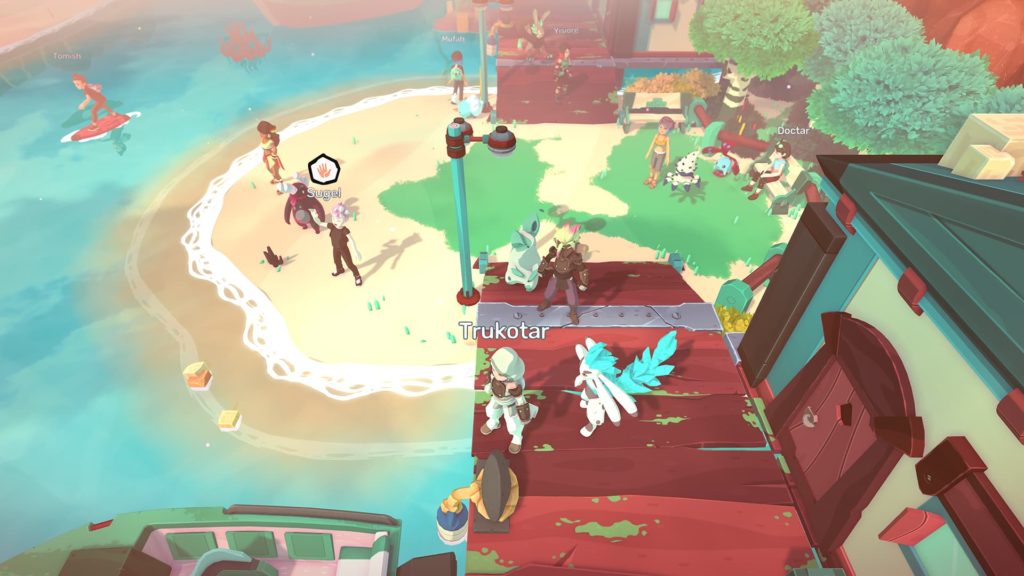Temtem, a new creature-collecting MMORPG adventure out now for early access play on Steam and Playstation 5, offers a rich reimagining of the formula that Nintendo seems to have abandoned.
On January 13th, “Hoenn” began trending on Twitter in the United States as Nintendo’s official Pokémon account announced they would be highlighting player-favorite regions in honor of the classic series’ 25th anniversary.
Grab your bikes, Trainers: all year long, we’re revisiting the regions that introduced us to the Pokémon we know and love.
Which region is your favorite?#Pokemon25
— Pokémon (@Pokemon) January 13, 2021
Fans were quick to weigh in, nostalgic for Pokémon Ruby/Sapphire and Pokémon Emerald‘s Hoenn—the region that introduced a slew of new features to the franchise and was the setting of the best-selling video game titles of all time for the Gameboy Advance.
The history of Hoenn
Released in 2002 (followed by Emerald in 2004), Pokémon Ruby and Sapphire established Pokémon as something deeper than a creature-collecting battle royale.
Under Game Freak art director Ken Sugimori, the games made use of the Gameboy Advance’s graphical capabilities to depict a beautifully detailed and colorful world while retaining a simple aesthetic that the developer hoped would both appeal to children and attract veteran Pokémon fans. The land of Hoenn introduced trainers to a geographically diverse, mysterious country. From a sunny beach city in the shadow of sleeping volcanoes, to a treehouse town nestled in the canopy of a great forest, to windy, desolate deserts and mysterious towers hoarding undiscovered treasures, there was no shortage of exploration.
For the first time, Gen III players were able to personalize the world of Pokémon. They were given the ability to build unique “Secret Bases” anywhere in Hoenn that they could fill with furniture, decor, and significant items collected on their trainer journeys. Meanwhile, Pokémon Contests, new mini-games that tested a team’s talents rather than fighting prowess, and Pokéblocks, special treats made collaboratively whose quality improves the more in sync its makers are, created space for players to explore the culture of Pokémon outside of battle. It also introduced ways to show love and care to the player’s Pokémon. Even after every trainer had been beaten and every Pokémon had been caught, Ruby and Sapphire encouraged continued exploration and promised ongoing playability in addition to its 40-hour main quest.
https://twitter.com/Tonestar/status/1348704808744726530
But that’s not to say the battle design was left behind! Ruby and Sapphire introduced Natures, mechanics that gave each Pokémon a distinct personality affecting its stats and how it would grow, and Abilities, unique passive affects that helped bolster the Pokémon in battle. Gen III was also the Pokémon generation to introduce 2v2 battles, which opened up countless avenues for strategic combinations and a new level of challenge for seasoned trainers.
Generation III brought a new level of depth to Pokémon, establishing the series as an RPG for all ages and treating players to new features that became integral to how Pokémon games have been designed since.
But then what happened?
Temtem: A fresh take on a familiar foundation

Sadly, subsequent titles haven’t quite captured the magic of Generations I through III. As the Pokémon franchise has grown, and the list of monsters to collect with it, little else has seemed to evolve. Users have complained that features starting in Gen IV and onward, from Super Training (the ability to train a Pokémon without fighting) to Z-Moves (super-powered moves that can be used once per battle) have scaled down the difficulty of the games and removed the challenge. Enter Temtem, released on Steam last year and now available for early access play exclusively on the Playstation 5.
Temtem is a contemporary, inclusive MMORPG


